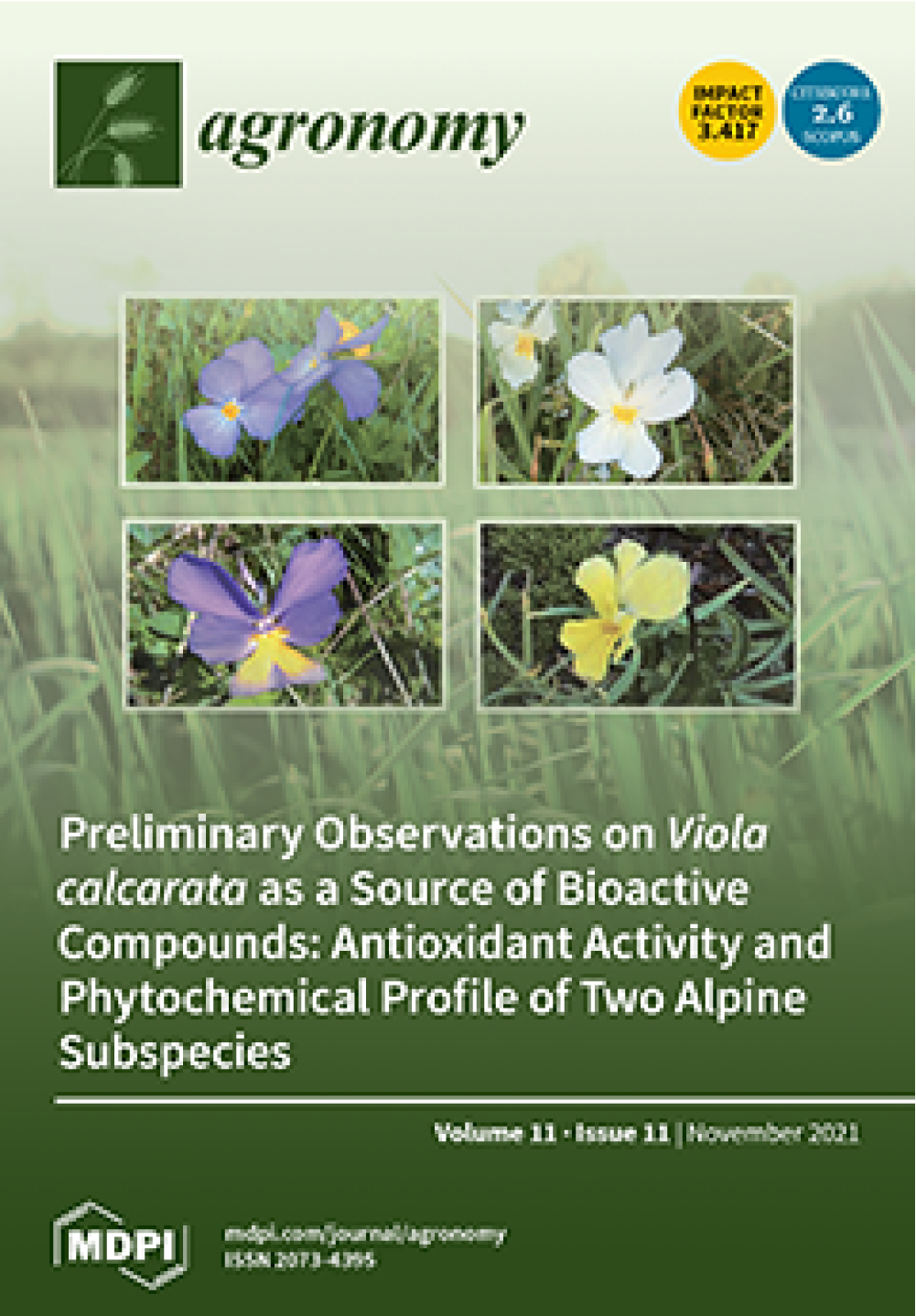
Ricerca & Innovazione > Contributi Scientifici
Sangiorgio S., Colombo F., Ghidoli M., Giupponi L., Ferro G., Ferro C.G., Cassani E., Landoni M., Pilu R
The introduction of mechanized agricultural practices after the Second World War and the use of productive hybrids led to a gradual disappearance of local maize varieties. However, 13 landraces are still cultivated in North-Western Italy, in the Lombardy region; those that are cultivated in mountainous areas (roughly up to 1200 m in altitude) are often characterized by the pointed shape of their seeds (i.e., “Nero Spinoso”, “Rostrato Rosso di Rovetta”, “Spinato di Gandino” and “Scagliolo di Carenno”) and the presence of pigments (i.e., “Nero Spinoso”, “Rostrato Rosso di Rovetta”). The pointed shape of the seeds is an ancient characteristic of maize-ancestors, which negatively affects the yield by not allowing optimal “filling” of the ear. This study reports work on four different Italian varieties of pointed maize in order to assess the genetic bases of the “pointed character” and to try to explain the reasons for this adaptation to the mountain environment. The data obtained by genetic analysis, seed air-drying modeling and thermographic camera observations demonstrated that the “pointed trait” is controlled by the same genes across the different varieties studied and suggested that this peculiar shape has been selected in mountainous areas because it promotes faster drying of the seed, with the presence of pigments implementing this effect.
